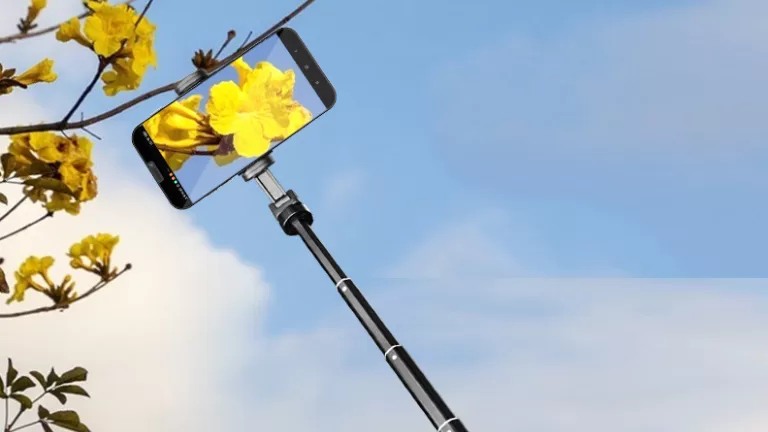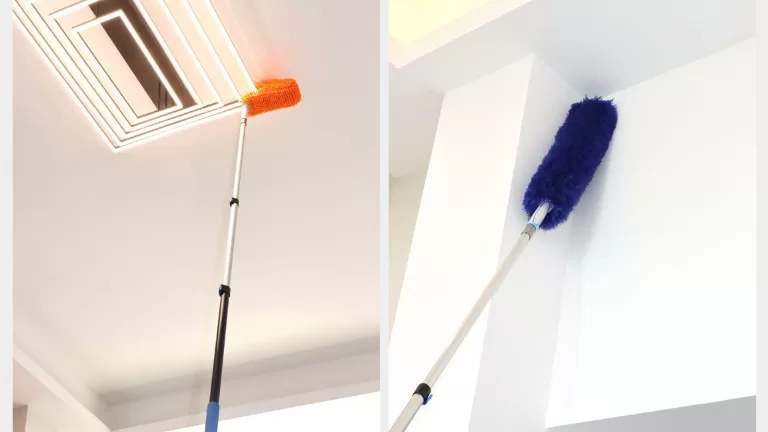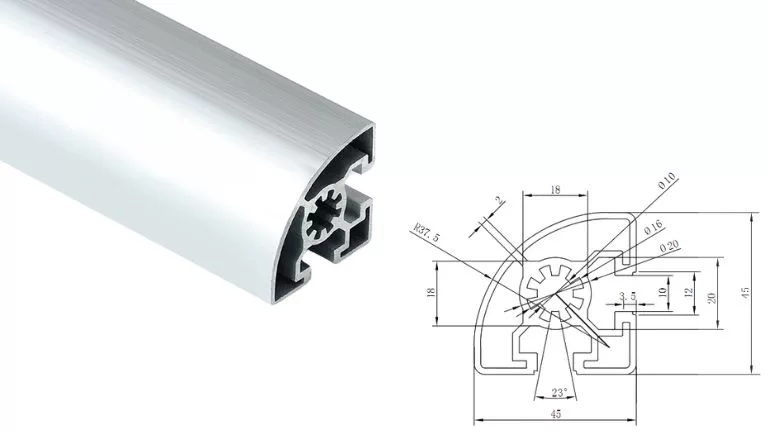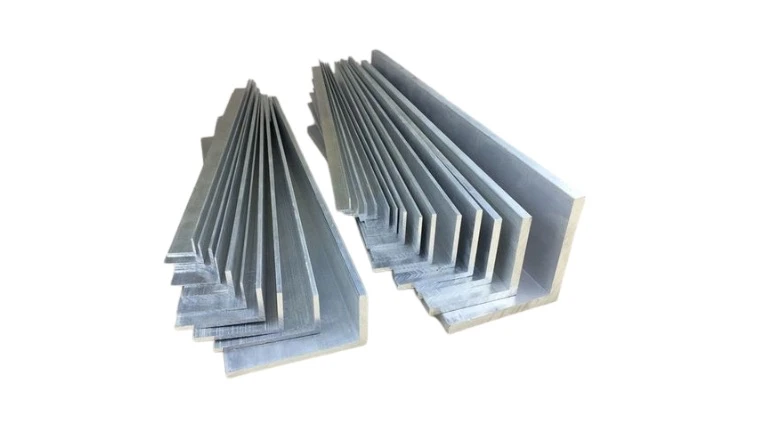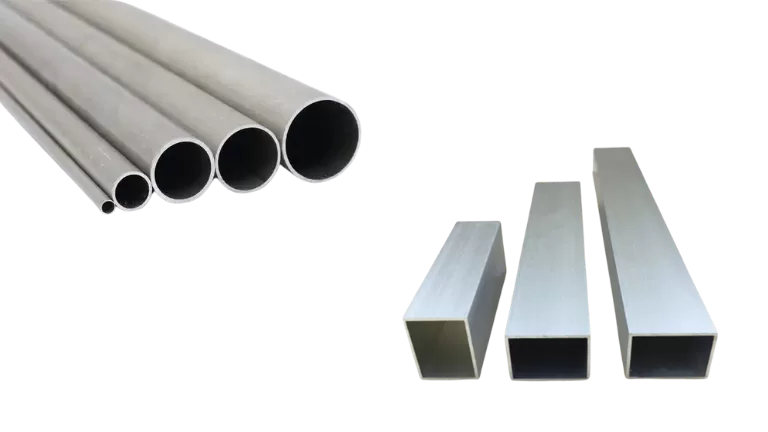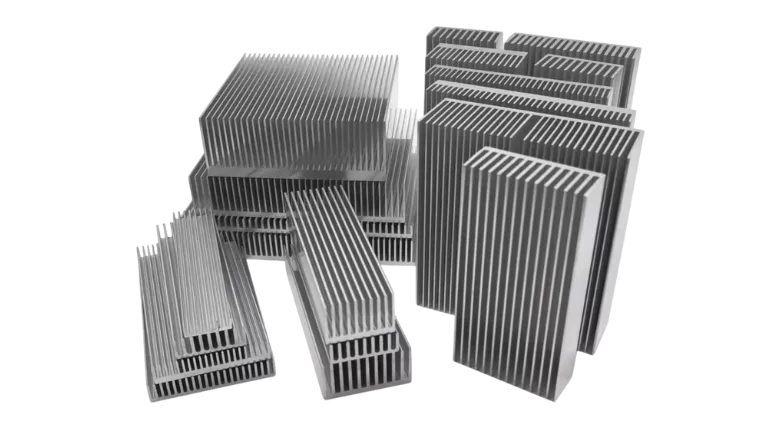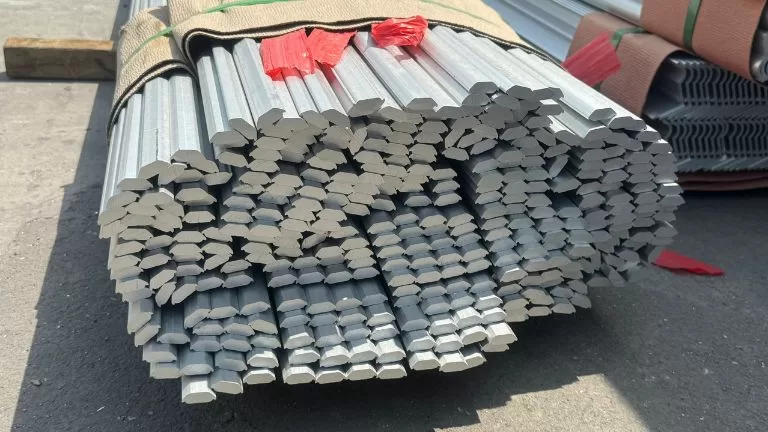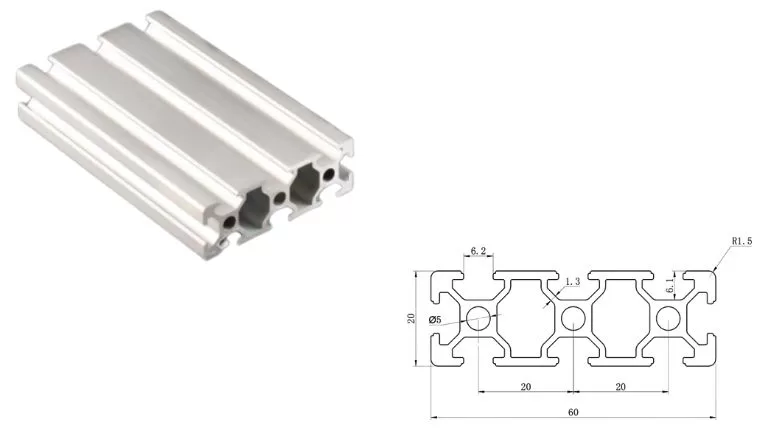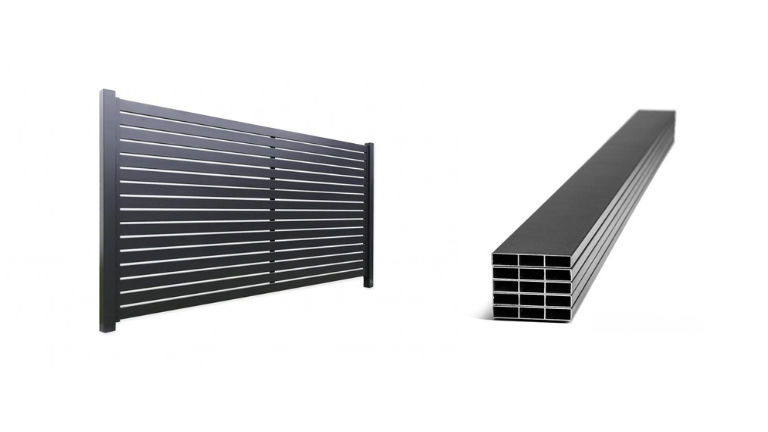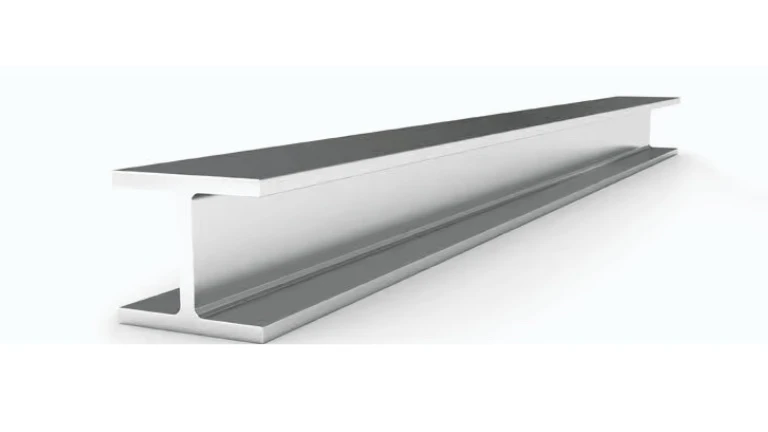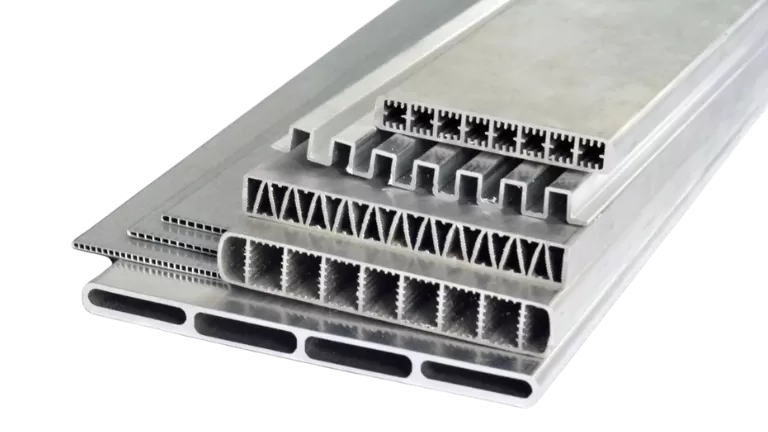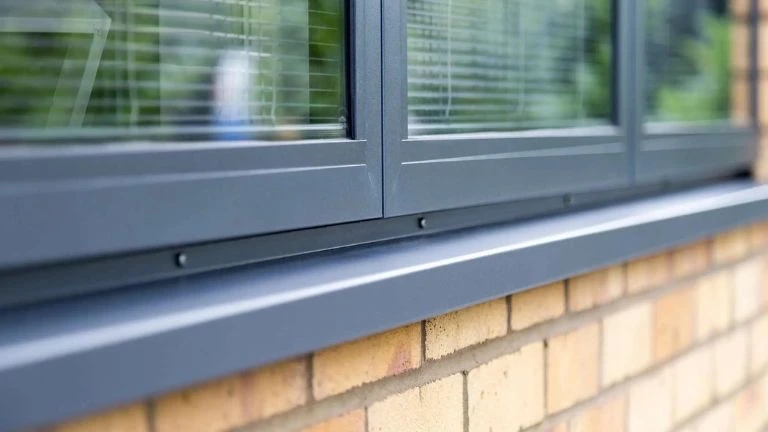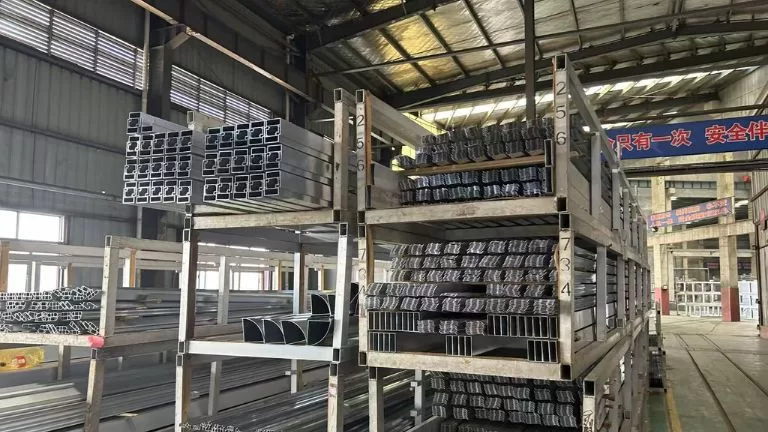Custom Precision Extruded Telescoping Aluminum Pole
Telescoping aluminum poles are adaptable tubes crafted from lightweight, durable, and corrosion-resistant aluminum, making them a favored option. By employing advanced extrusion methods and anodized finishes, these pipes are not only highly functional but also aesthetically pleasing. Our selection of telescoping aluminum pipes is ideal for uses like camera booms, adjustable racks, flagpoles, and sensor equipment. They can be easily adjusted to various lengths, ensuring convenience and safety for users.
At HTS-ALU, we deliver custom aluminum extrusions with advanced production and precision machining to meet your needs.
Telescoping Aluminum Pole Manufacture
We are a professional manufacturer specializing in custom telescoping aluminum poles. We can provide personalized solutions for various fields, including construction, industry, consumer electronics, and outdoor equipment. We use high-quality aluminum alloy materials such as 6061 and 6063. Through precise extrusion processes, we ensure accurate dimensions. We also offer a variety of surface treatments, such as anodizing and powder coating, to meet different functional and aesthetic requirements. With our mature technology and strict quality inspection, we provide high-quality products and one-stop services, making us a reliable partner for our customers.
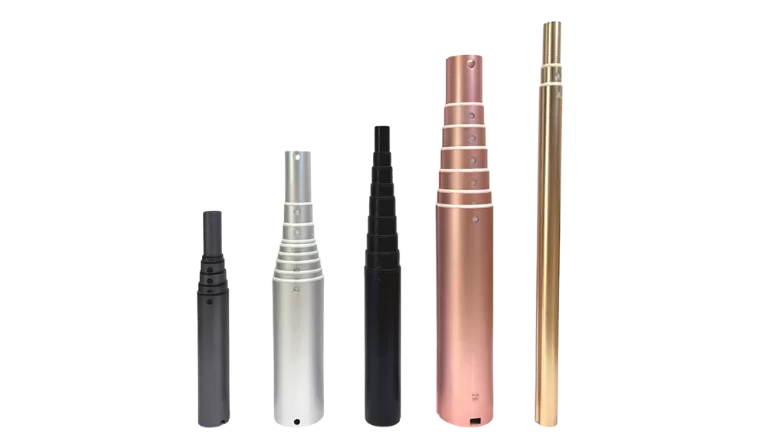
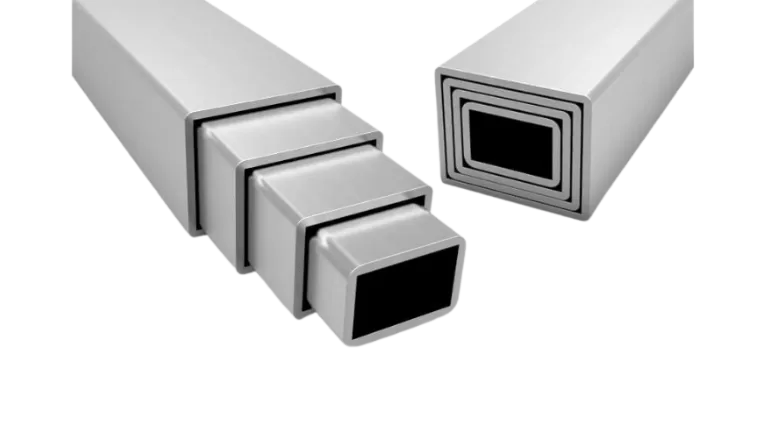
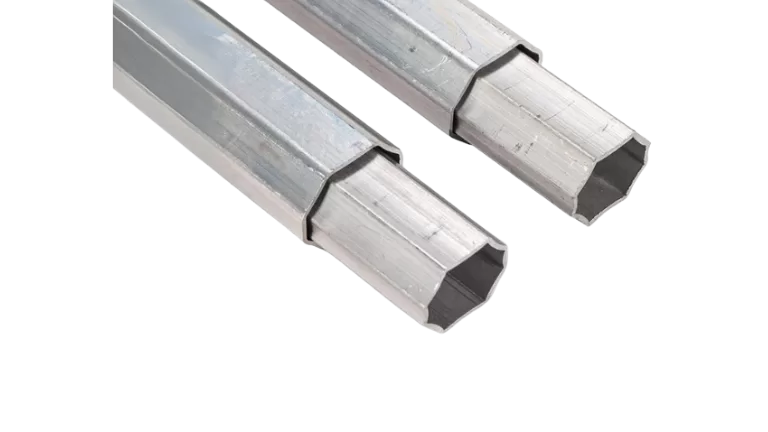

Telescoping Aluminum Pole Specifications
| Item | Specification |
|---|---|
| Material | Aluminum alloy (6061/6063) |
| Size | Outer Diameter: 3-250mm; Thickness: 0.3-50mm |
| Shape | Circular or Rectangular/Customized |
| Surface Treatment | Anodizing, Powder Coating, Sand Blasting, Polishing, Wooden Finish, etc. |
| Length | 10mm - 6000mm / Customized Length |
| Machining | Drilling, Tapping, Cutting, Milling, Bending, Custom Machining |
| Packaging | Standard Export Packaging or Customized Solutions |
Telescoping Aluminum Pole Solutions
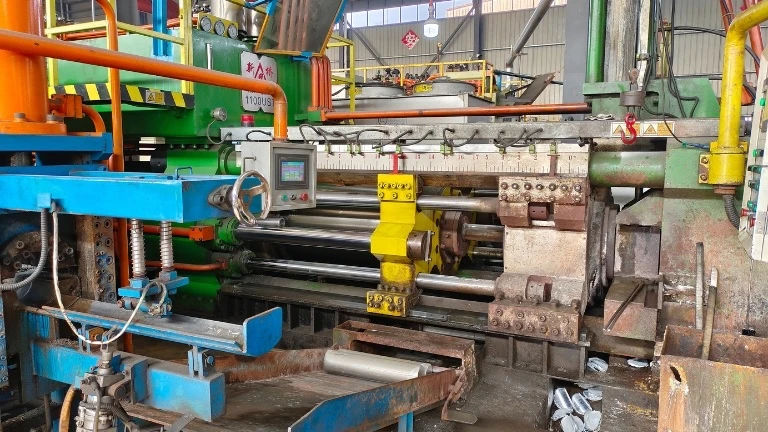
Precision Aluminum Extrusion Process
We have advanced machines for shaping aluminum and precise tools for cutting. This allows us to handle complex aluminum profiles very accurately. Our experienced technical team supervises every step of production to ensure that each aluminum profile meets high quality and strict size standards.
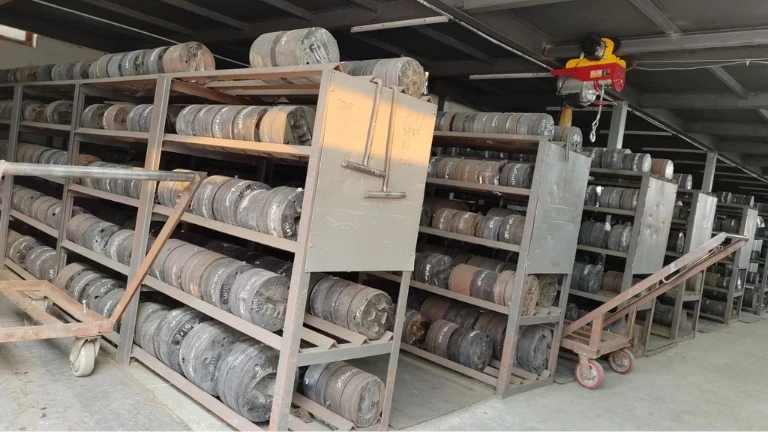
Design and Manufacture of Moulds
When we create custom aluminum tube molds, we design them based on what the client wants. We make sure that the size and fit are very precise, within ±0.03mm. We also follow strict standards for size accuracy and smoothness. After making the molds, we do a trial run and send samples to the clients to check. We keep in touch with the clients and make any necessary changes until the molds meet their expectations.
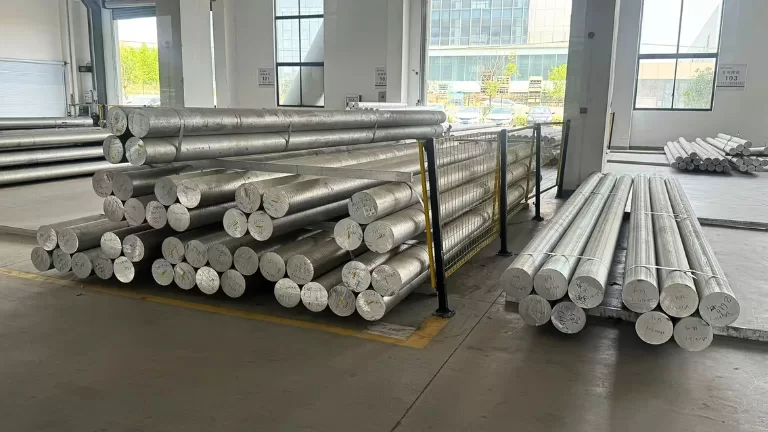
Material for Extruded Aluminum
Quality starts with raw materials, and HTS Aluminum uses only the highest standard aluminum alloys for telescoping tubes. Our profiles are made from various industry-standard grades, each providing strength, durability, and corrosion resistance for different applications. 1. 6061-T6 alloy is strong (tensile strength ≥ 260 MPa) and supports heavy loads (over 50 kg), perfect for industrial machinery and high-altitude tools. . 2. 6063-T5 alloy offers high precision (±0.03mm) and a great finish (anodized thickness ≥ 15μm), making it ideal for construction support poles and photography tripods.
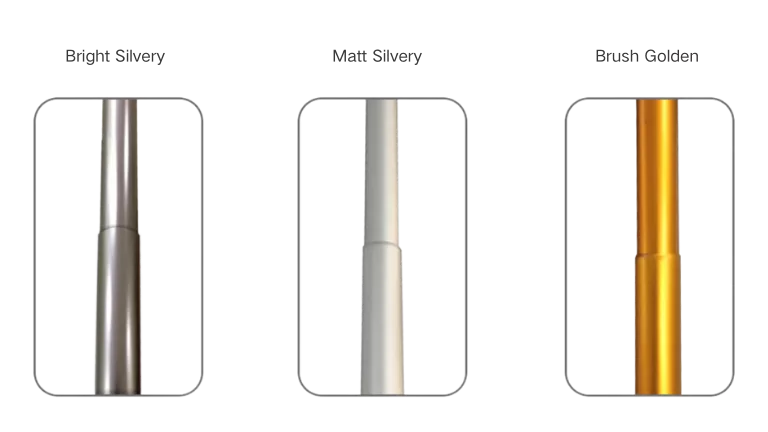
Aluminum Profile Surface Treatment
To ensure the longevity and aesthetic appeal of our telescoping poles, we offer a range of surface treatments including: 1. Anodizing Anodizing forms a protective aluminum oxide layer on aluminum tubes through an electrochemical process. This layer can be dyed or sealed, providing excellent corrosion resistance, making it suitable for outdoor gear and consumer products. 2. Powder Coating Powder coating applies dry paint particles to aluminum and bakes them into a durable coating. This process offers high resistance to scratches and UV exposure, ideal for industrial parts and construction supports. 3. Electrophoretic Coating Electrophoretic coating deposits a thin, even water-based layer on aluminum tubes. This coating is highly durable and smooth, making it perfect for high-end outdoor gear and medical equipment.
The Applications of Telescoping Aluminum Poles
1. Construction: Used for scaffolding, support frames, and temporary structures in modern buildings.
2. Mechanical Engineering: Serve as transmission parts to aid machinery movement and connections, boosting equipment efficiency.
3. Home & DIY: Ideal for movable shelves, drying racks, and other custom home solutions.
Telescoping Aluminum Poles vs. Steel and Plastic
| Comparison Dimension | Telescoping Aluminum Pole | Telescoping Steel Pole | Telescoping Plastic Pole |
|---|---|---|---|
| Weight & Portability | Light at 2.7g/cm³ (1/3 of steel), easy one-handed operation for outdoor use | Heavy at 7.85g/cm³, tiring to move | Lighter, but may lack rigidity and deform under load |
| Corrosion Resistance | Rusts easily, needs regular painting, high maintenance costs | Oxide film requires no maintenance, stable lifespan | Water-resistant but sensitive to solvents, ages over time |
| Scene Adaptability | -20℃ to 300℃ range, suitable for various applications, can be anodized | Good low-temperature but high heat conduction; may need coatings | Up to 120℃, softens at high temps, brittle in cold |
| Overall Cost | Higher than plastic, lower than specialty steel, lasts 5-10 years with good recycling value | Low initial cost but high maintenance, disposal causes pollution | Lowest initial cost, replace every 3-5 years; low-quality may leach harmful substances |
Key Features of Telescoping Aluminum Poles
1. Adjustable Length
The telescopic design allows for flexible length adjustment to suit various needs and applications.
2. Lightweight and Portable
Made from aluminum, these tubes are lightweight and easy to carry or install.
3. Excellent Corrosion Resistance
Aluminum forms a protective oxide layer, ensuring reliable performance in humid or outdoor environments.
4. Strong and Stable
High-quality aluminum alloys provide a good balance of strength and stability after extension.
5. Easy to Install and Maintain
User-friendly design enables quick assembly and disassembly, simplifying maintenance.
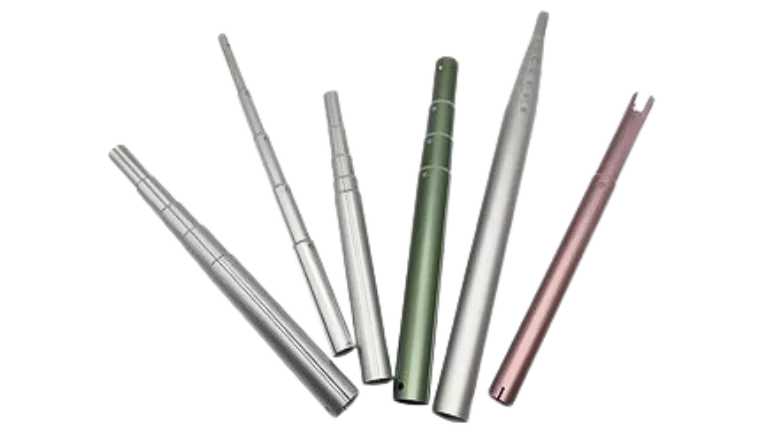
RFQ of Extruded Tlescoping Aluminum Pole
1. Daily Cleaning: Wipe with a damp cloth; avoid using steel wool (to protect the anodized layer).
2. After Exposure to Extreme Environments: Rinse with a neutral cleaner after exposure to coastal or dusty environments, then dry and apply a thin layer of lubricant (silicone oil preferred).
3. Long-Term Storage: Collapse to the shortest state to avoid prolonged pressure from gravity, which can lead to metal fatigue.
The heat treatment of aluminum extrusions determines their mechanical properties, strength, and suitability for specific applications. Among the various heat treatment methods, T5, T6, and T66 are the most commonly used. Here’s an in-depth look:
| Heat Treatment State | Cooling Method | Strength | Key Features and Benefits | Applications |
|---|---|---|---|---|
| T5 | Air cooling (fan) | Moderate | Adequate strength, good dimensional stability, used for architectural purposes. | Windows, doors, curtain walls, building structures. |
| T6 | Water quenching (fast) | High | Higher strength and hardness, ideal for industrial and structural uses. | Automotive, aerospace, machinery, transport parts. |
| T66 | Water quenching (fast) | Very high | Optimized mechanical properties for higher strength and performance demands. | Automotive, rail transportation, high-end machinery. |
Other Heat Treatment States
- T4: Solution heat-treated and naturally aged. Used in applications requiring intermediate strength and enhanced formability.
- T7: Overaged for better stress-corrosion resistance, often used for aerospace and marine purposes.
- O (Annealed): Very soft condition suitable for extensive forming or bending requirements.
- F (As-Fabricated): No heat treatment applied, used in non-critical applications with low strength requirements.
. Anodizing (Oxidation)
- Common Colors:
Natural silver
Black
Champagne
Light bronze
Dark bronze
Gold
2. Electrophoresis Coating (E-Coating)
- Common Colors:
Black
Champagne
Light bronze
Dark bronze
Custom metallic colors
3. Powder Coating
- Colors:
Can match any color based on the RAL color chart.
Offers textures like matte, gloss, satin, and custom finishes.
4. PVDF Coating (Polyvinylidene Fluoride)
- Colors:
Also customizable using the RAL color chart.
High-end finishes with matte or glossy effects.
5. Wood Grain Transfer Printing
- Colors and Patterns:
Mimics various wood types (e.g., oak, walnut, teak, mahogany).
Custom patterns available based on provided samples.
6. Film Lamination
- Colors and Patterns:
Includes textures like marble, leather, and solid colors.
Custom finishes and patterns based on provided samples.
Pre-Treatment Options (Impact on Final Color)
- Brushing/Polishing: Produces smooth or reflective metallic surfaces.
- Sandblasting: Adds a rough, matte texture before the final surface treatment.
Mold fees are an essential part of the custom aluminum extrusion process. Since every order requires a uniquely designed mold tailored to specific requirements, these molds cannot be used for other products. Therefore, the mold fee is necessary and non-negotiable.
We require 100% upfront payment of the mold fee before mold development begins to ensure timely production. However, as a token of appreciation for your support, we offer a refund of the mold fee or equivalent discounts once the order reaches a certain production volume. Specific policies can be discussed based on your order volume and collaboration details.
Mold production typically takes 7 days. After the sample is confirmed, producing a full container load of 26 tons generally requires 14 days for extrusion alone. If surface treatment is required, an additional 3 days will be needed. For machining, extra time will be required depending on the complexity and volume of the machining work. The exact additional time for machining will be determined based on the specific processing requirements.
Aluminum profiles are naturally corrosion-resistant due to the formation of a thin, protective oxide layer when exposed to air or water. This oxide layer is stable and self-repairing, meaning that even if the surface is scratched or cut (such as at exposed ends or during processing), the aluminum will not rust or corrode like iron or steel. Instead, the exposed areas will quickly form a new oxide layer, providing continuous protection against further oxidation.
With proper design, installation, and maintenance, aluminum profiles can last for decades, even in challenging environments. For example, untreated aluminum can easily withstand 20-30 years in outdoor applications, while profiles with surface treatments like anodizing or powder coating can last even longer, often exceeding 50 years. This makes aluminum an excellent choice for applications where durability and long-term performance are essential.
The price of aluminum profiles consists of several components: raw material costs, extrusion processing fees, surface treatment fees, machining costs, and additional packaging fees. Among these, the cost of aluminum as a raw material tends to fluctuate frequently, while other fees remain relatively stable. Due to these fluctuations, our quotations are typically valid for 7 days.
Pricing can be structured in different ways depending on the product and requirements. It can be calculated by weight (e.g., cost per ton), by length (e.g., cost per meter), or by piece (e.g., cost per unit). For products involving extensive machining, such as heat sinks, pricing is generally calculated on a per-piece basis to accurately reflect the additional processing costs. This flexible pricing approach ensures the quote is tailored to the specific needs of the customer.
We can manufacture aluminum profiles in compliance with technical requirements that meet European standards (EN), American standards (ASTM/AA), or other standards as specified by the customer. Custom production is tailored to ensure that the profiles meet the specific standard requirements requested.
Our production equipment is designed for the metric system. If the drawings provided are in the imperial system, we will convert them into metric units for production to ensure accuracy.
It is important to note that while we can machine imperial-threaded holes for fasteners, if you require us to supply matching imperial fasteners, they may not always be available in stock. Custom orders for imperial fasteners typically require a large volume for production. Please consider this when planning your project.

